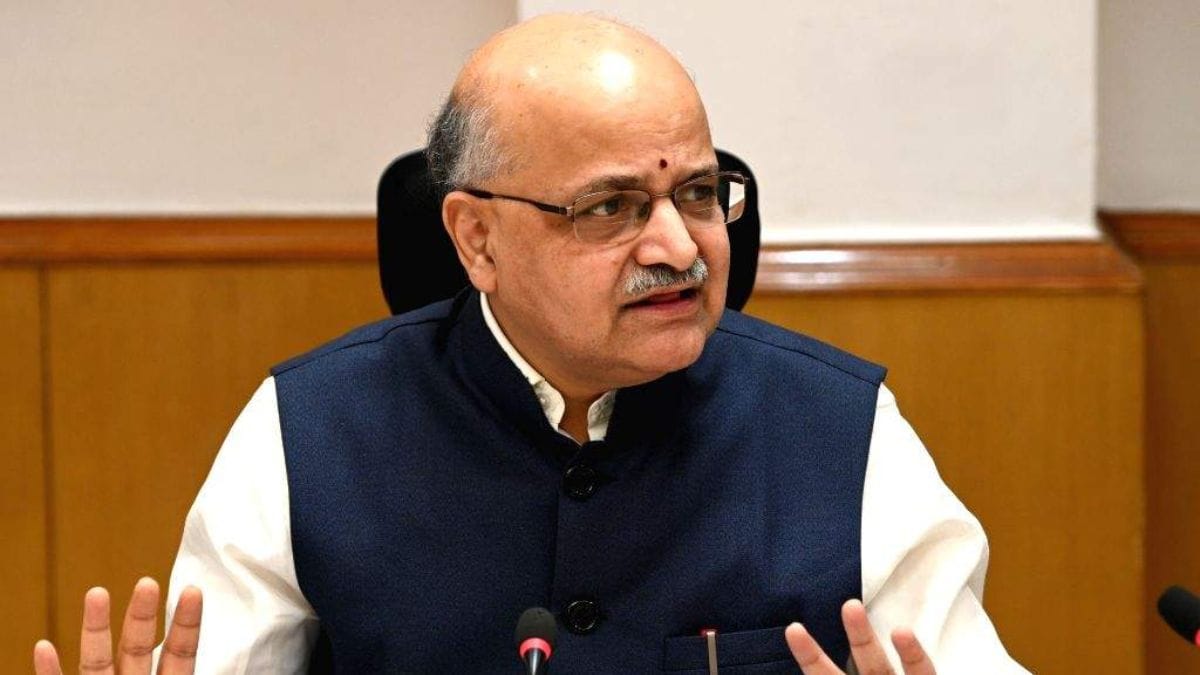Reserve Bank Expected to Implement Third Cash Rate Cut of the Year

The Reserve Bank of Australia (RBA) is widely anticipated to announce a reduction in the cash rate on Tuesday, marking the third decrease this year. This move aims to provide significant financial relief to millions of homeowners with mortgages, while also seeking to invigorate Australia’s sluggish economic landscape.
Economists from Australia’s four largest banking institutions unanimously predict that the RBA board will lower the central bank’s cash rate target by 0.25 percentage points, bringing it down to 3.6% at the conclusion of the board’s two-day meeting. This decision comes amidst growing concerns over consumer spending and economic growth.
Financial market traders have expressed even greater optimism, pricing in an expectation of consecutive rate cuts of 0.25 percentage points in both July and August, followed by yet another reduction by November. If realized, this would reduce the cash rate to 3.1% from its current level of 3.85%. However, economic experts remain somewhat skeptical, with many suggesting that two cuts might be more feasible than three before the year concludes.
The potential for a rate cut is expected to significantly lower monthly mortgage repayments for borrowers. For instance, a reduction on a $500,000 home loan would decrease the monthly payment from approximately $3,200 to $3,124, resulting in a savings of $76 per month. By the time the cumulative impact of the RBA’s cuts in February, May, and the anticipated cuts next week are fully realized, homeowners could see total savings nearing $230 per month.
Despite the promising outlook of reduced interest payments, the anticipated boost in consumer spending has yet to materialize. According to the Australian Bureau of Statistics, household spending has remained relatively stagnant throughout this year, with only slight upward trends appearing in May’s figures.
Tapas Strickland, the head of market economics at NAB, noted that consumption trends are indicating another weak quarter, reinforcing the argument for the RBA to lower rates in order to move the cash rate closer to a neutral level, ideally around 3.1% by November. Retail sales, in particular, are showing a concerning trend; after fluctuating dramatically during the various Covid lockdowns, sales per person—adjusted for inflation—have only increased by 4.5% compared to pre-pandemic levels, according to AMP.
While inflation rates are now firmly below 3% and expected to stabilize, the cost of living in Australia has escalated notably, with prices increasing by approximately 21% over the past five years, as reported by the ABS’s consumer price index (CPI). Belinda Allen, a senior economist at CBA, expressed her surprise at the lack of consumer spending despite decreasing inflation, rising wages, and lower interest rates.
CBA’s internal data indicates that many Australians are opting to save rather than spend, with around one-third of all transactions reflecting a shift in consumer behavior. Allen observed, “We’ve been waiting for this shift, and it looks like it’s taking longer than we expected,” suggesting a lingering psychological impact on households from the financial challenges of recent years.
Allen theorizes that this hesitance to spend may be attributed to the financial scars left by the previous economic turbulence, compounded by uncertainties such as the potential fallout from Donald Trump’s trade war. This cautious approach to spending remains a significant risk factor for an otherwise encouraging economic forecast for Australia in the upcoming months.
























